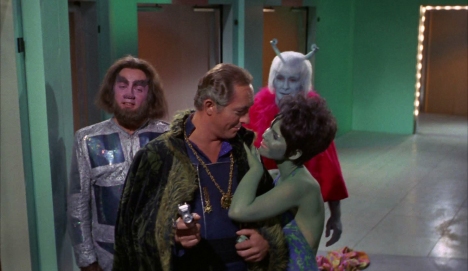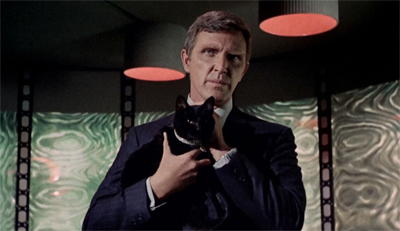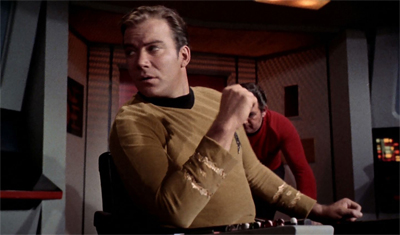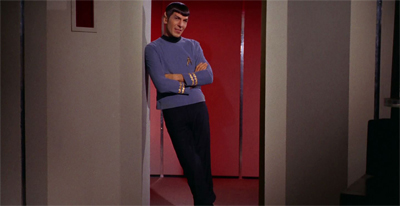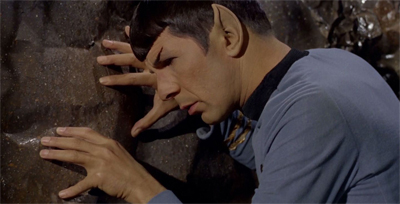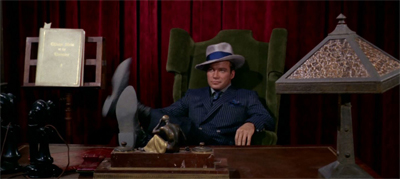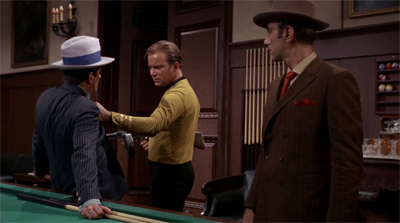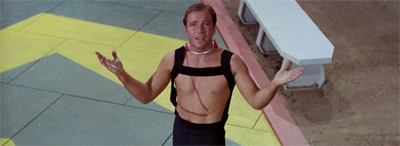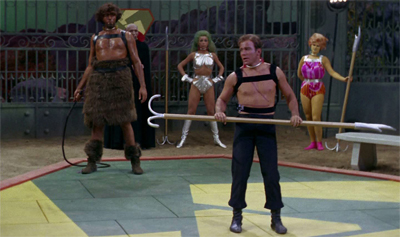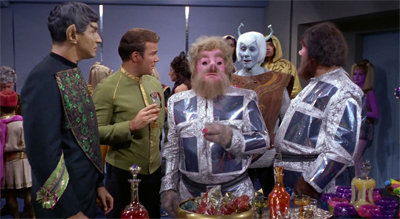The first Star Trek pilot, The Cage, was produced in 1964. To celebrate its fiftieth anniversary, this December we are reviewing the second season of the original Star Trek show. You can check out our first season reviews here. Check back daily for the latest review.
The first season of Star Trek was quite remarkable. The cult television show opened with a reasonably solid run of episodes that gradually built momentum over the course of the season. The first season seemed to build towards a crescendo, climaxing with a run of episodes including all-time classics like A Taste of Armageddon, Space Seed, The Devil in the Dark, Errand of Mercy and The City on the Edge of Forever. Sure, Operation — Annihilate! ended the first season on a whimper rather than a bang, but the quality of the show only seemed to improve as the season went along.
In contrast, the second season was a bit more uneven. It probably contains as many truly classic hours of television, but the quality is a lot more variable on an episode-to-episode basis. The Apple leads in to Mirror, Mirror, which leads into The Deadly Years. Metamorphosis leads into Friday’s Child. The Immunity Syndrome and A Piece of the Action follow The Gamesters of Triskelion and Obsession. Watching the season blind is a roller-coaster, with episodes varying radically in quality from one week to the next. Some of the franchise’s best and worst episodes sit back-to-back here.

The second season of Star Trek can be incredibly hard to get a handle on. It is, in many respects, the season that defined a lot of what the franchise could and would become. Episodes like Amok Time and Journey to Babel really built up a universe around the Enterprise and her crew, expanding on late first season episodes like Arena or Errand of Mercy. The show also demonstrated incredible range, with the occult sensibilities of Catspaw and Wolf in the Fold existing alongside the broad comedy of I, Mudd and The Trouble With Tribbles.
However, the season also demonstrated some of the worst tendencies of sixties Star Trek. Episodes like Friday’s Child, A Private Little War and The Omega Glory engaged in precisely the sort of sabre-rattling jingoism against which Balance of Terror and Errand of Mercy had cautioned. The Changeling, By Any Other Name and Return to Tomorrow felt like generic science-fiction retreads. The show brutally (and casually) massacred red shirts in episodes like The Changeling, The Apple and Obsession.

This variable quality is a feature of episodic television. After all, different writers working on different stories featuring the same characters will inevitably produce a wide variety of results. Some writers “get” the show more than others, and some scripts are subject to more work and attention than others. Such is the nature of the industry, particularly when the production team is cranking out more two dozen hours of television in a year – under intense pressure, both in terms of time and money.
Nevertheless, it is quite difficult to distill the second season of Star Trek into a cohesive or singular whole. It is diverse and multifaceted, capable of being almost anything from one episode (or, perhaps, one moment) to the next. Perhaps that is the greatest legacy of this second season; demonstrating that there is very little Star Trek cannot be.

Continue reading →
Filed under: The Original Series | Tagged: Gene L. Coon, gene roddenberry, john meredyth lucas, NBC, star trek, star trek: the original series, the original series, tos | Leave a comment »

















